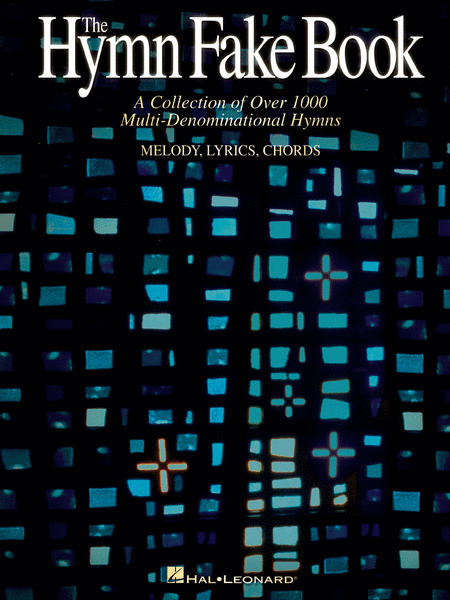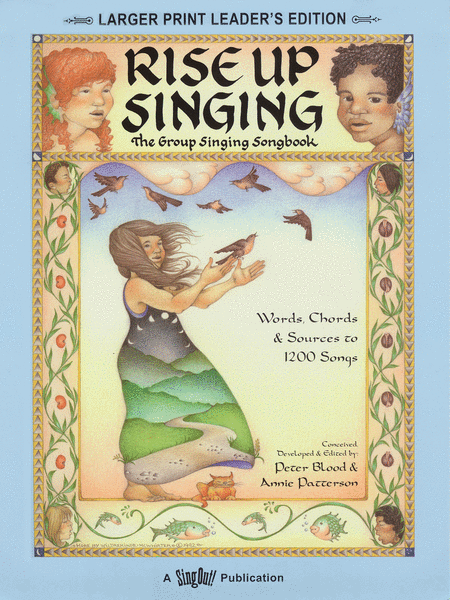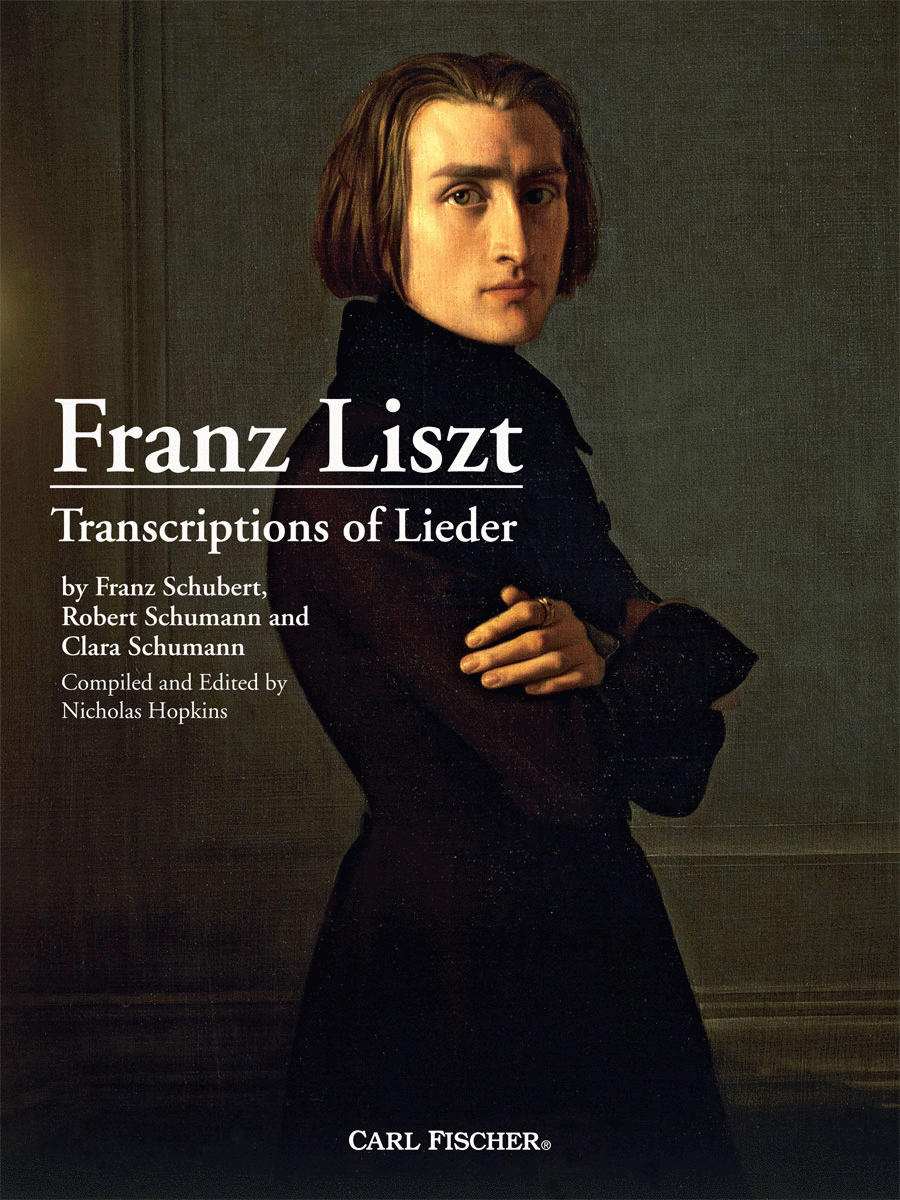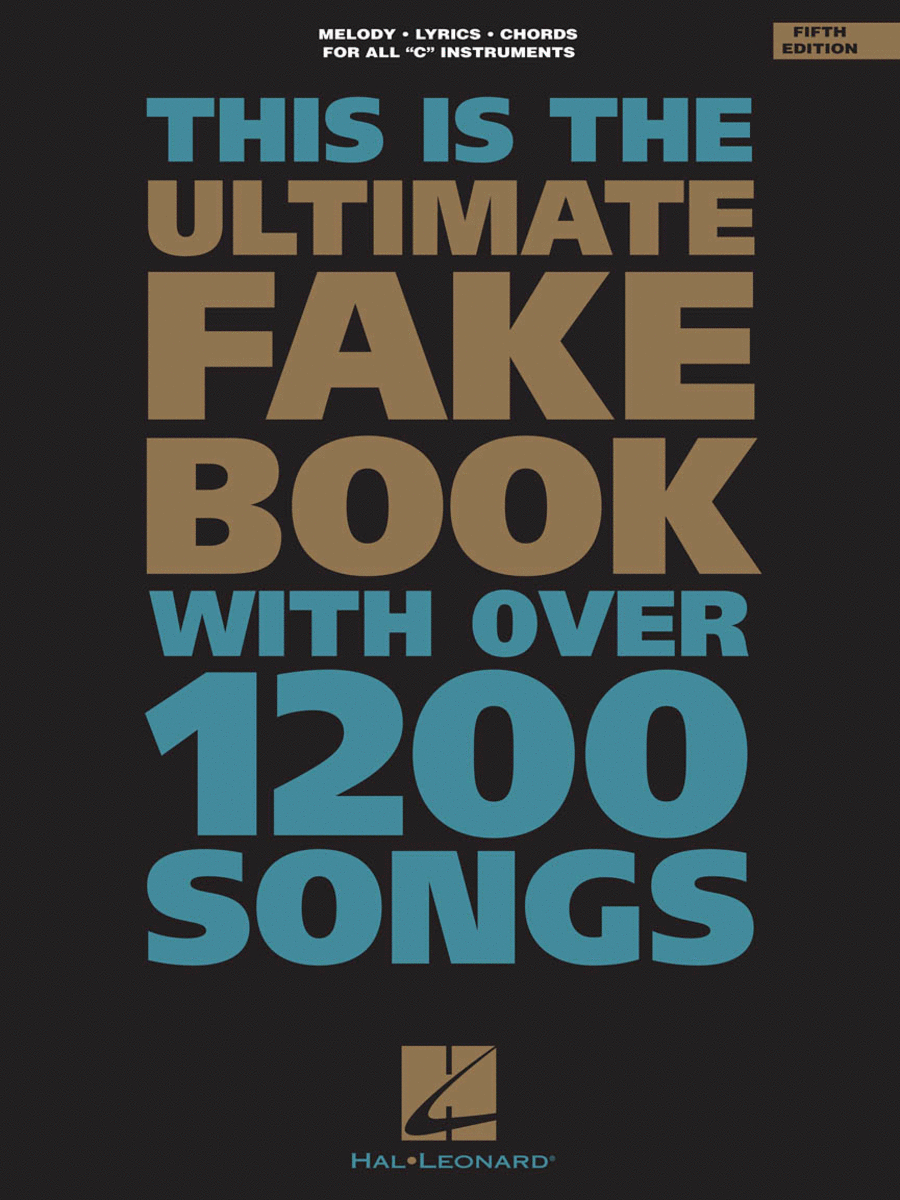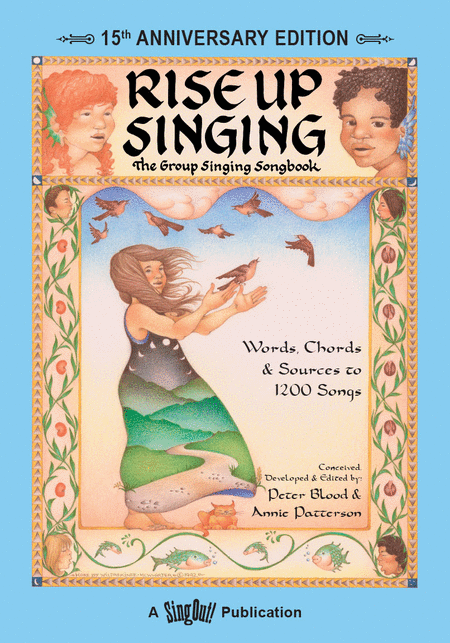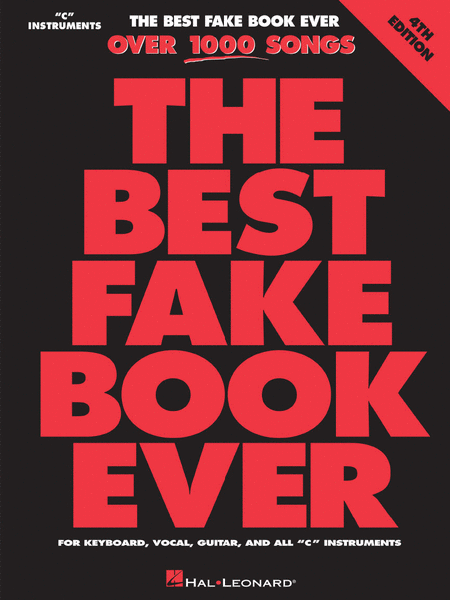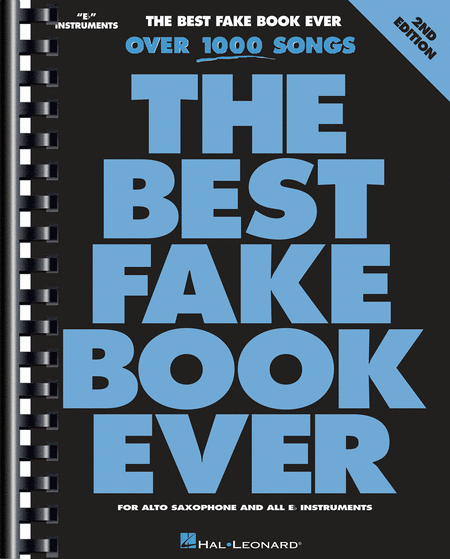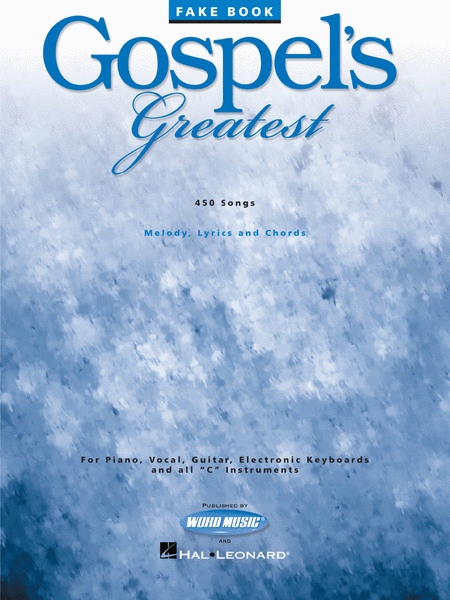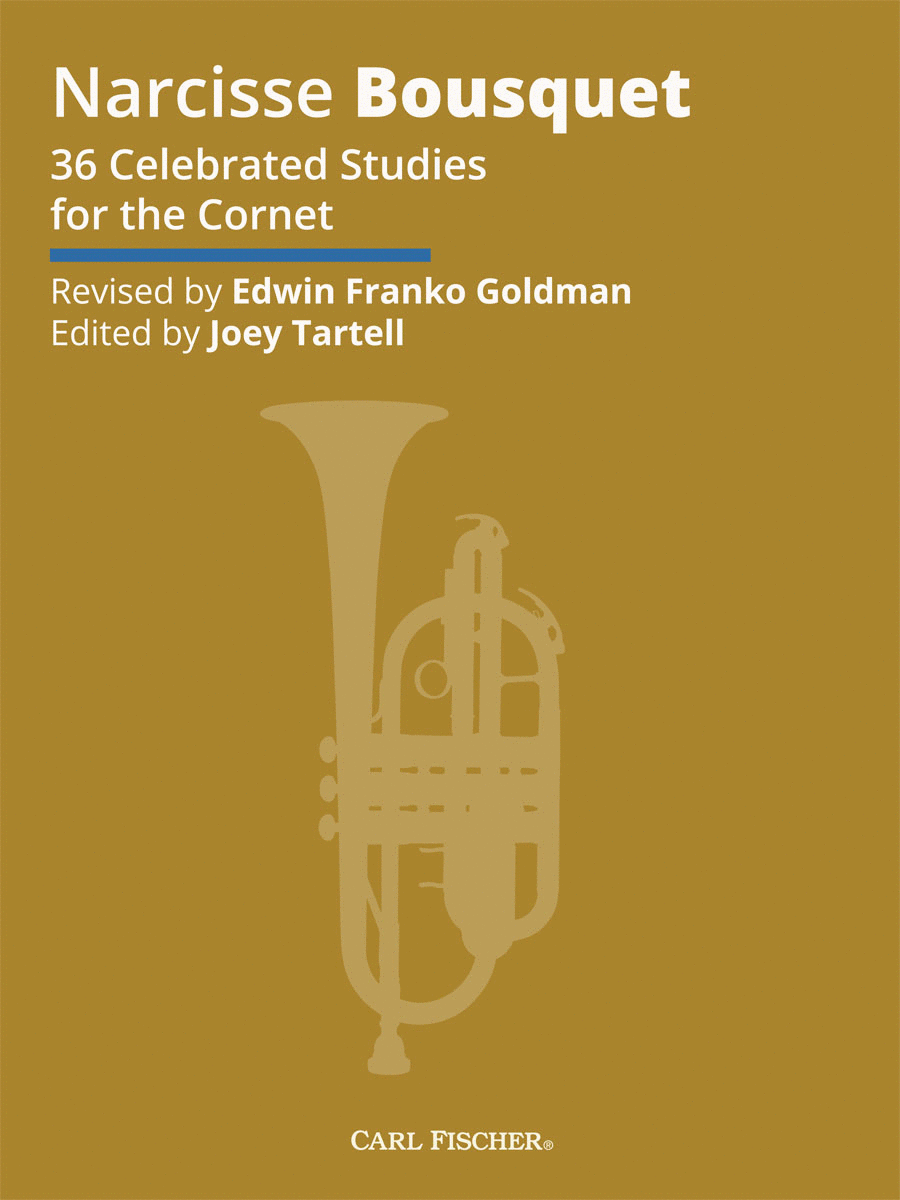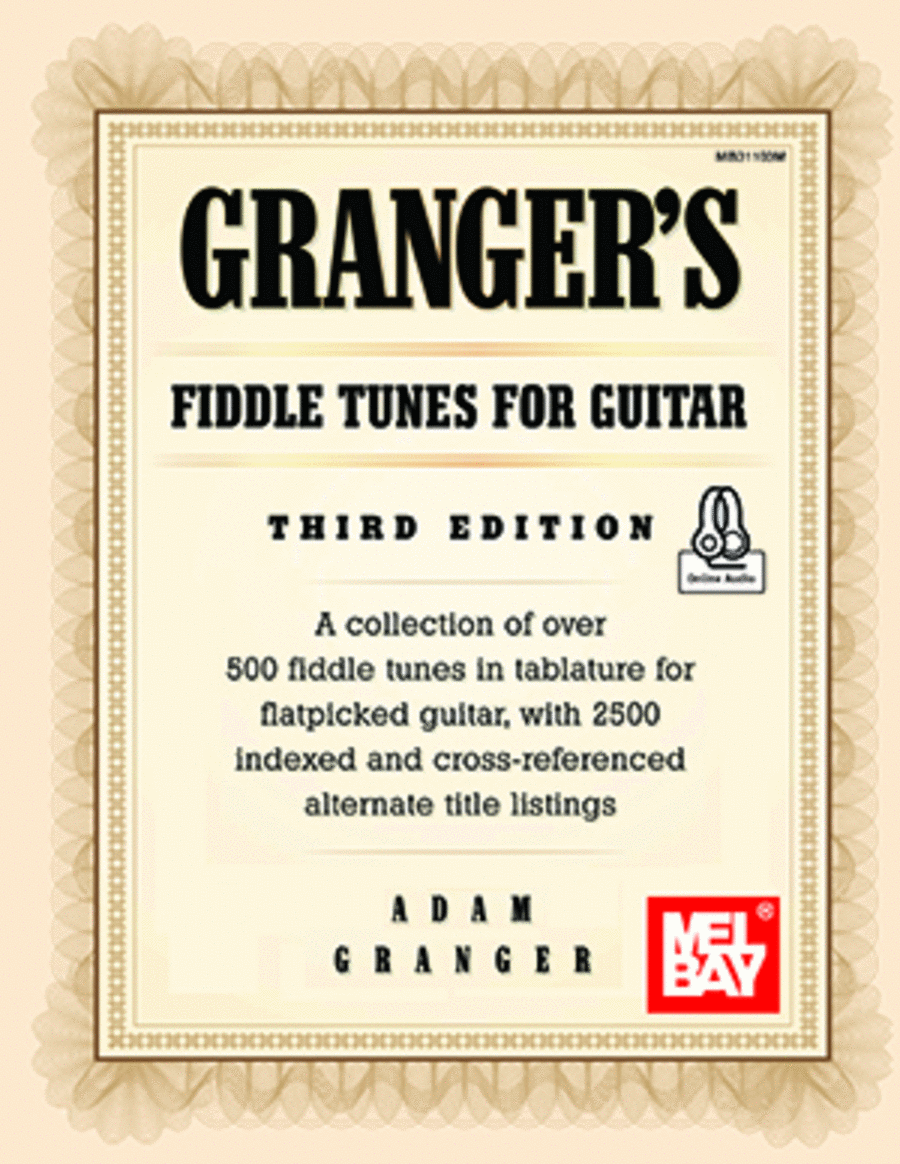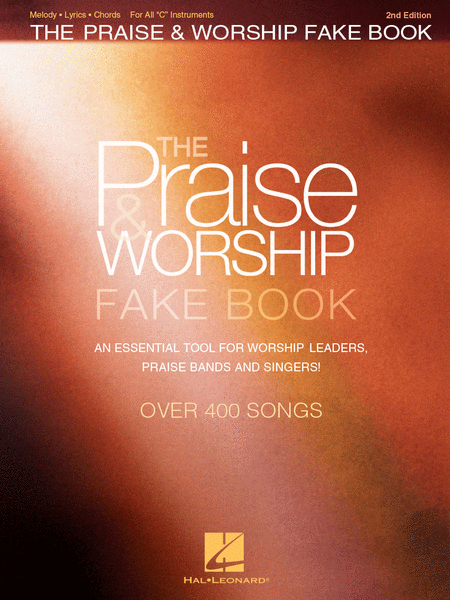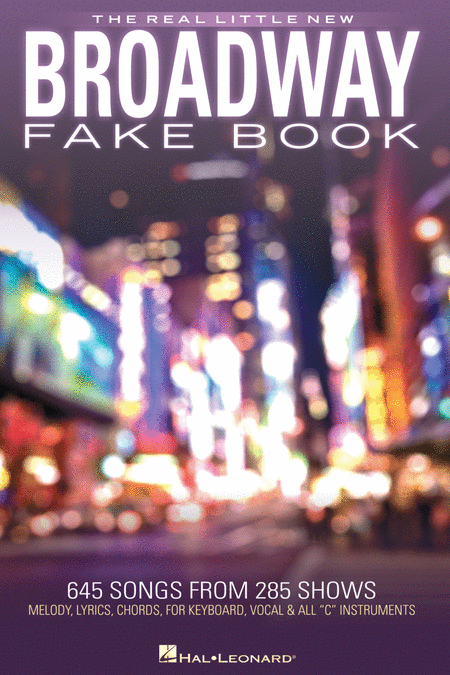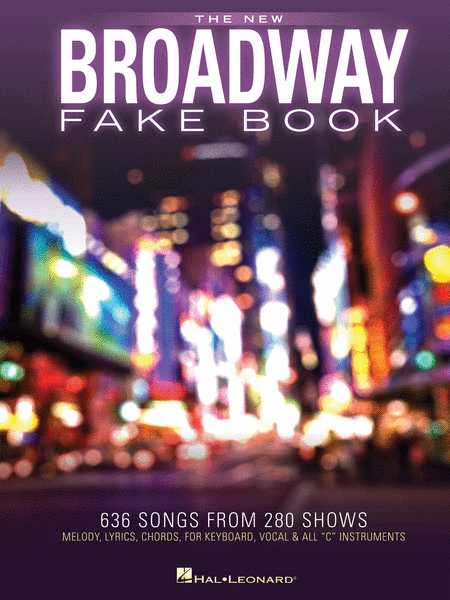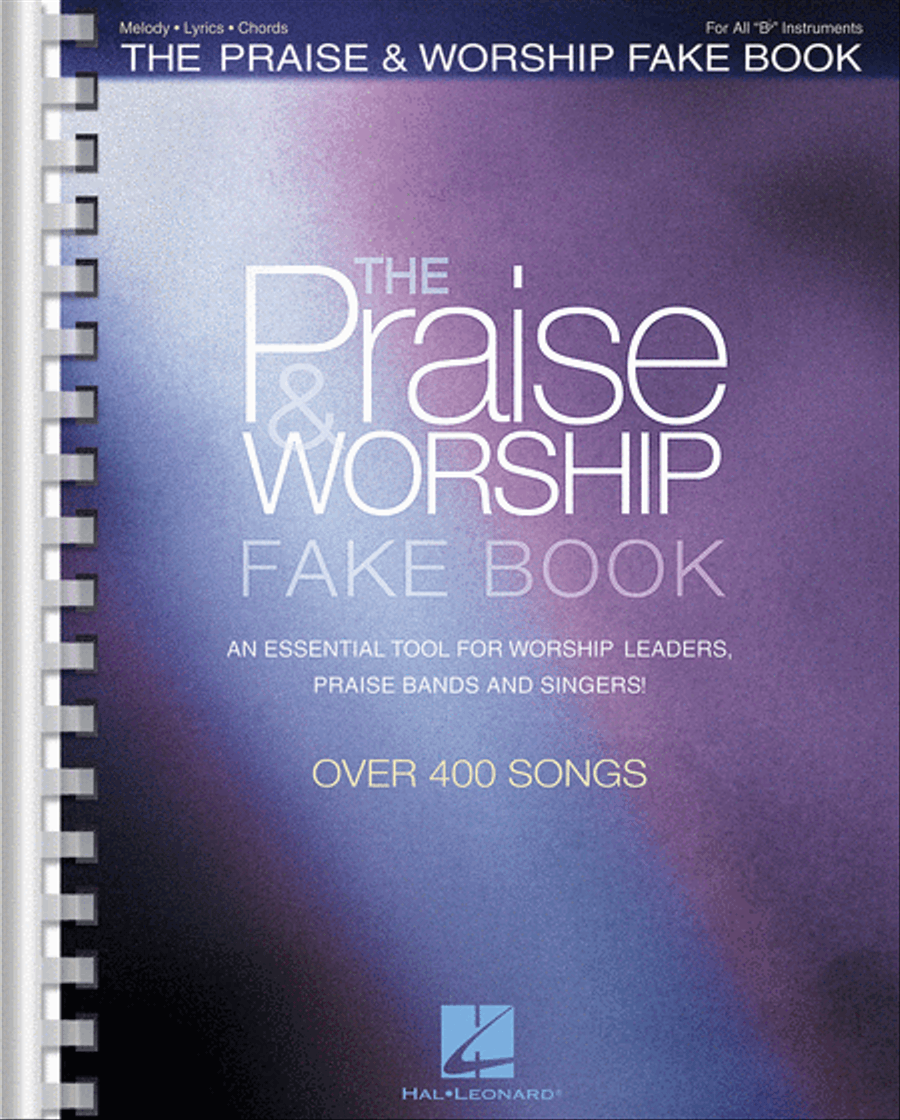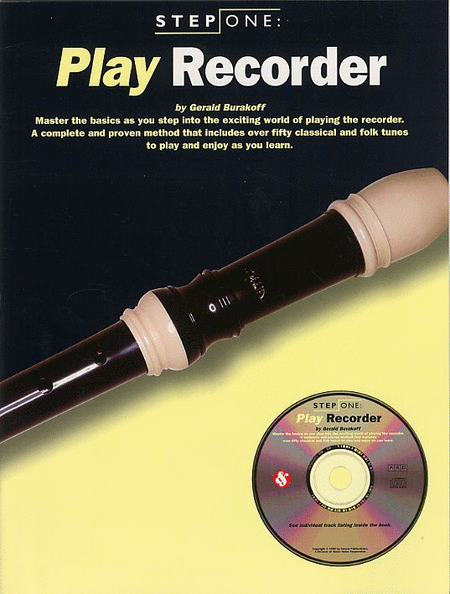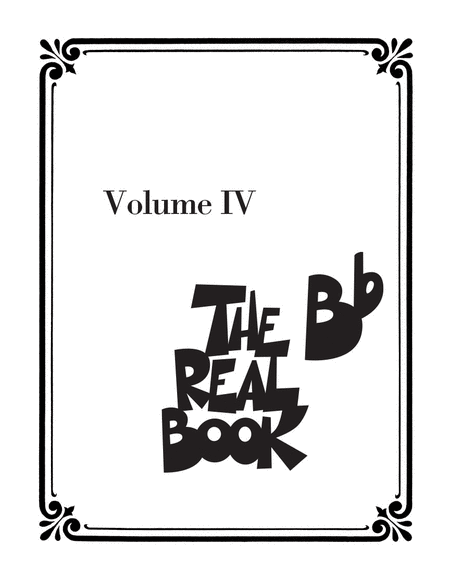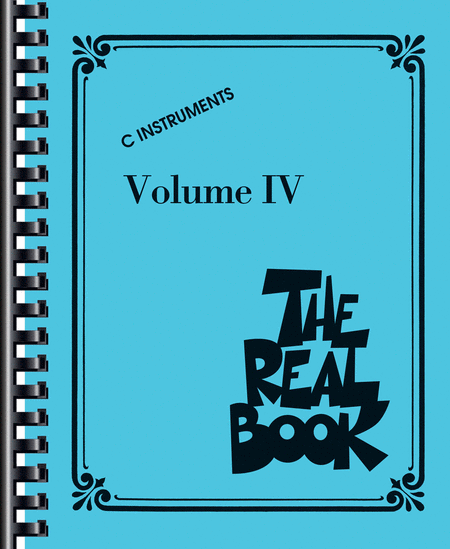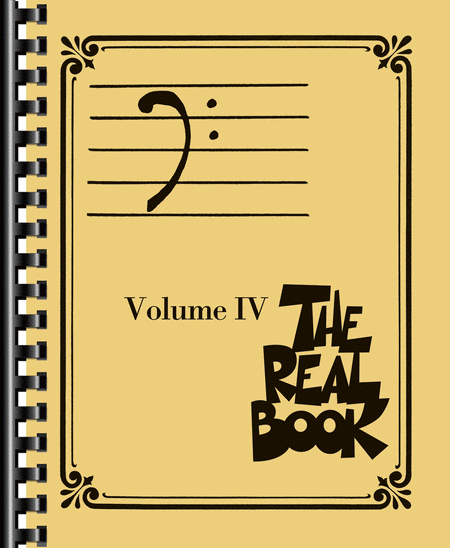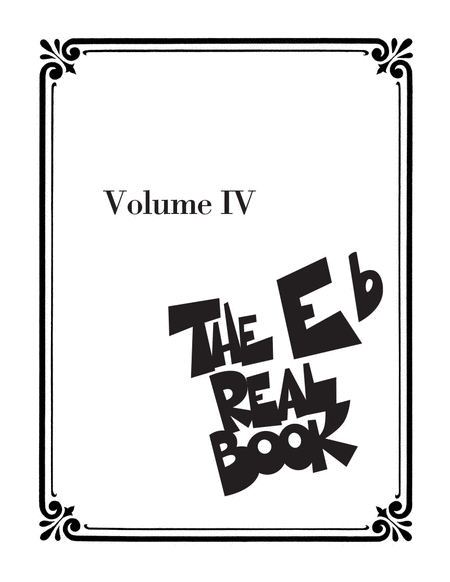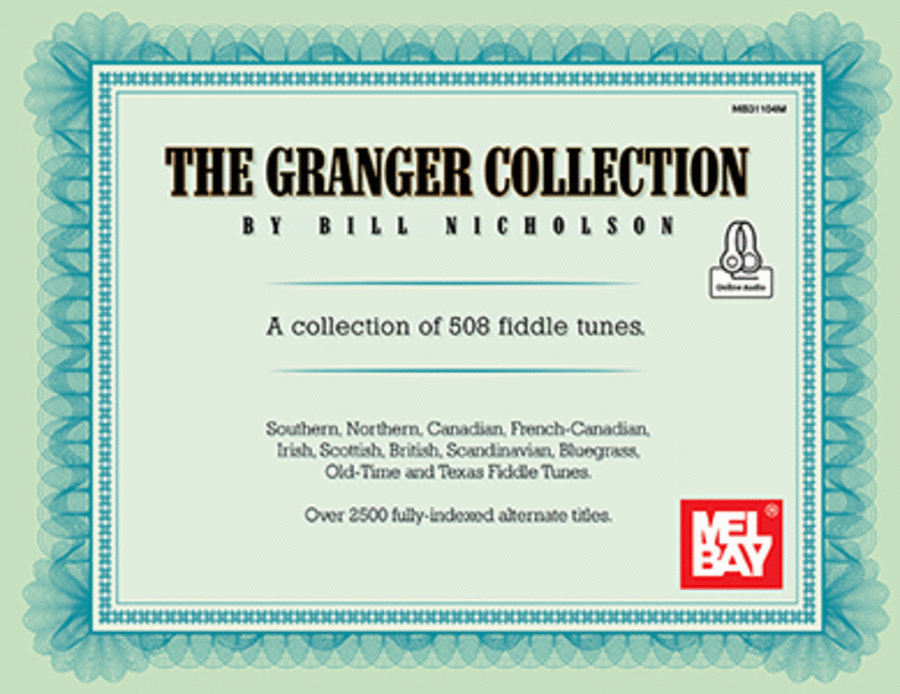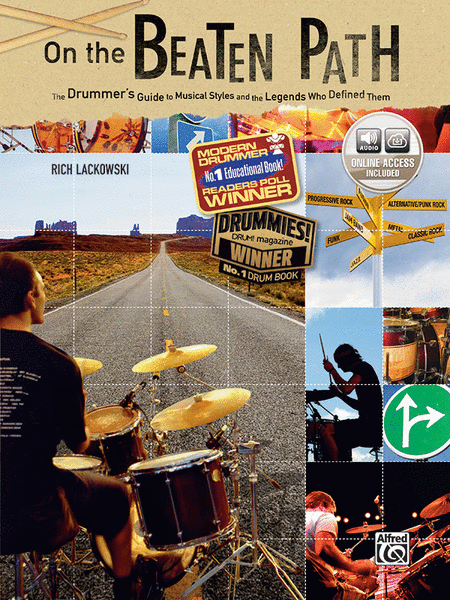|
| The Hymn Fake Book - C Edition
Ligne De Mélodie, Paroles et Accords [Fake Book] - Facile
Hal Leonard
For voice and C instrument. Format: fakebook (spiral bound). With vocal melody, ...(+)
For voice and C
instrument. Format:
fakebook (spiral bound).
With vocal melody,
lyrics, piano
accompaniment, chord
names and leadsheet
notation. Hymn. Series:
Hal Leonard Fake Books.
494 pages. 9x12 inches.
Published by Hal Leonard.
(3)$39.99 - Voir plus => AcheterDélais: 24 hours - In Stock | | | |
| Rise Up Singing
Paroles et Accords [Partition]
Hal Leonard
The Group Singing Songbook. By Various. Vocal. Size 9.5x12 inches. 281 pages. Pu...(+)
The Group Singing
Songbook. By Various.
Vocal. Size 9.5x12
inches. 281 pages.
Published by Hal Leonard.
(1)$39.99 - Voir plus => AcheterDélais: 24 hours - In Stock | | | |
| Transcriptions of Lieder
Piano seul
Carl Fischer
Chamber Music Piano SKU: CF.PL1056 Composed by Clara Wieck-Schumann, Fran...(+)
Chamber Music Piano
SKU: CF.PL1056
Composed by Clara
Wieck-Schumann, Franz
Schubert, and Robert
Schumann. Edited by
Nicholas Hopkins.
Collection. With Standard
notation. 128 pages. Carl
Fischer Music #PL1056.
Published by Carl Fischer
Music (CF.PL1056).
ISBN 9781491153390.
UPC: 680160910892.
Transcribed by Franz
Liszt. Introduction
It is true that Schubert
himself is somewhat to
blame for the very
unsatisfactory manner in
which his admirable piano
pieces are treated. He
was too immoderately
productive, wrote
incessantly, mixing
insignificant with
important things, grand
things with mediocre
work, paid no heed to
criticism, and always
soared on his wings. Like
a bird in the air, he
lived in music and sang
in angelic fashion.
--Franz Liszt, letter to
Dr. S. Lebert (1868) Of
those compositions that
greatly interest me,
there are only Chopin's
and yours. --Franz Liszt,
letter to Robert Schumann
(1838) She [Clara
Schumann] was astounded
at hearing me. Her
compositions are really
very remarkable,
especially for a woman.
There is a hundred times
more creativity and real
feeling in them than in
all the past and present
fantasias by Thalberg.
--Franz Liszt, letter to
Marie d'Agoult (1838)
Chretien Urhan
(1790-1845) was a
Belgian-born violinist,
organist and composer who
flourished in the musical
life of Paris in the
early nineteenth century.
According to various
accounts, he was deeply
religious, harshly
ascetic and wildly
eccentric, though revered
by many important and
influential members of
the Parisian musical
community. Regrettably,
history has forgotten
Urhan's many musical
achievements, the most
important of which was
arguably his pioneering
work in promoting the
music of Franz Schubert.
He devoted much of his
energies to championing
Schubert's music, which
at the time was unknown
outside of Vienna.
Undoubtedly, Urhan was
responsible for
stimulating this
enthusiasm in Franz
Liszt; Liszt regularly
heard Urhan's organ
playing in the
St.-Vincent-de-Paul
church in Paris, and the
two became personal
acquaintances. At
eighteen years of age,
Liszt was on the verge of
establishing himself as
the foremost pianist in
Europe, and this
awakening to Schubert's
music would prove to be a
profound experience.
Liszt's first travels
outside of his native
provincial Hungary were
to Vienna in 1821-1823,
where his father enrolled
him in studies with Carl
Czerny (piano) and
Antonio Salieri (music
theory). Both men had
important involvements
with Schubert; Czerny
(like Urhan) as performer
and advocate of
Schubert's music and
Salieri as his theory and
composition teacher from
1813-1817. Curiously,
Liszt and Schubert never
met personally, despite
their geographical
proximity in Vienna
during these years.
Inevitably, legends later
arose that the two had
been personal
acquaintances, although
Liszt would dismiss these
as fallacious: I never
knew Schubert personally,
he was once quoted as
saying. Liszt's initial
exposure to Schubert's
music was the Lieder,
what Urhan prized most of
all. He accompanied the
tenor Benedict
Randhartinger in numerous
performances of
Schubert's Lieder and
then, perhaps realizing
that he could benefit the
composer more on his own
terms, transcribed a
number of the Lieder for
piano solo. Many of these
transcriptions he would
perform himself on
concert tour during the
so-called Glanzzeit, or
time of splendor from
1839-1847. This publicity
did much to promote
reception of Schubert's
music throughout Europe.
Once Liszt retired from
the concert stage and
settled in Weimar as a
conductor in the 1840s,
he continued to perform
Schubert's orchestral
music, his Symphony No. 9
being a particular
favorite, and is credited
with giving the world
premiere performance of
Schubert's opera Alfonso
und Estrella in 1854. At
this time, he
contemplated writing a
biography of the
composer, which
regrettably remained
uncompleted. Liszt's
devotion to Schubert
would never waver.
Liszt's relationship with
Robert and Clara Schumann
was far different and far
more complicated; by
contrast, they were all
personal acquaintances.
What began as a
relationship of mutual
respect and admiration
soon deteriorated into
one of jealousy and
hostility, particularly
on the Schumann's part.
Liszt's initial contact
with Robert's music
happened long before they
had met personally, when
Liszt published an
analysis of Schumann's
piano music for the
Gazette musicale in 1837,
a gesture that earned
Robert's deep
appreciation. In the
following year Clara met
Liszt during a concert
tour in Vienna and
presented him with more
of Schumann's piano
music. Clara and her
father Friedrich Wieck,
who accompanied Clara on
her concert tours, were
quite taken by Liszt: We
have heard Liszt. He can
be compared to no other
player...he arouses
fright and astonishment.
His appearance at the
piano is indescribable.
He is an original...he is
absorbed by the piano.
Liszt, too, was impressed
with Clara--at first the
energy, intelligence and
accuracy of her piano
playing and later her
compositions--to the
extent that he dedicated
to her the 1838 version
of his Etudes d'execution
transcendante d'apres
Paganini. Liszt had a
closer personal
relationship with Clara
than with Robert until
the two men finally met
in 1840. Schumann was
astounded by Liszt's
piano playing. He wrote
to Clara that Liszt had
played like a god and had
inspired indescribable
furor of applause. His
review of Liszt even
included a heroic
personification with
Napoleon. In Leipzig,
Schumann was deeply
impressed with Liszt's
interpretations of his
Noveletten, Op. 21 and
Fantasy in C Major, Op.
17 (dedicated to Liszt),
enthusiastically
observing that, I feel as
if I had known you twenty
years. Yet a variety of
events followed that
diminished Liszt's glory
in the eyes of the
Schumanns. They became
critical of the cult-like
atmosphere that arose
around his recitals, or
Lisztomania as it came to
be called; conceivably,
this could be attributed
to professional jealousy.
Clara, in particular,
came to loathe Liszt,
noting in a letter to
Joseph Joachim, I despise
Liszt from the depths of
my soul. She recorded a
stunning diary entry a
day after Liszt's death,
in which she noted, He
was an eminent keyboard
virtuoso, but a dangerous
example for the
young...As a composer he
was terrible. By
contrast, Liszt did not
share in these negative
sentiments; no evidence
suggests that he had any
ill-regard for the
Schumanns. In Weimar, he
did much to promote
Schumann's music,
conducting performances
of his Scenes from Faust
and Manfred, during a
time in which few
orchestras expressed
interest, and premiered
his opera Genoveva. He
later arranged a benefit
concert for Clara
following Robert's death,
featuring Clara as
soloist in Robert's Piano
Concerto, an event that
must have been
exhilarating to witness.
Regardless, her opinion
of him would never
change, despite his
repeated gestures of
courtesy and respect.
Liszt's relationship with
Schubert was a spiritual
one, with music being the
one and only link between
the two men. That with
the Schumanns was
personal, with music
influenced by a hero
worship that would
aggravate the
relationship over time.
Nonetheless, Liszt would
remain devoted to and
enthusiastic for the
music and achievements of
these composers. He would
be a vital force in
disseminating their music
to a wider audience, as
he would be with many
other composers
throughout his career.
His primary means for
accomplishing this was
the piano transcription.
Liszt and the
Transcription
Transcription versus
Paraphrase Transcription
and paraphrase were
popular terms in
nineteenth-century music,
although certainly not
unique to this period.
Musicians understood that
there were clear
distinctions between
these two terms, but as
is often the case these
distinctions could be
blurred. Transcription,
literally writing over,
entails reworking or
adapting a piece of music
for a performance medium
different from that of
its original; arrangement
is a possible synonym.
Adapting is a key part of
this process, for the
success of a
transcription relies on
the transcriber's ability
to adapt the piece to the
different medium. As a
result, the pre-existing
material is generally
kept intact, recognizable
and intelligible; it is
strict, literal,
objective. Contextual
meaning is maintained in
the process, as are
elements of style and
form. Paraphrase, by
contrast, implies
restating something in a
different manner, as in a
rewording of a document
for reasons of clarity.
In nineteenth-century
music, paraphrasing
indicated elaborating a
piece for purposes of
expressive virtuosity,
often as a vehicle for
showmanship. Variation is
an important element, for
the source material may
be varied as much as the
paraphraser's imagination
will allow; its purpose
is metamorphosis.
Transcription is adapting
and arranging;
paraphrasing is
transforming and
reworking. Transcription
preserves the style of
the original; paraphrase
absorbs the original into
a different style.
Transcription highlights
the original composer;
paraphrase highlights the
paraphraser.
Approximately half of
Liszt's compositional
output falls under the
category of transcription
and paraphrase; it is
noteworthy that he never
used the term
arrangement. Much of his
early compositional
activities were
transcriptions and
paraphrases of works of
other composers, such as
the symphonies of
Beethoven and Berlioz,
vocal music by Schubert,
and operas by Donizetti
and Bellini. It is
conceivable that he
focused so intently on
work of this nature early
in his career as a means
to perfect his
compositional technique,
although transcription
and paraphrase continued
well after the technique
had been mastered; this
might explain why he
drastically revised and
rewrote many of his
original compositions
from the 1830s (such as
the Transcendental Etudes
and Paganini Etudes) in
the 1850s. Charles Rosen,
a sympathetic interpreter
of Liszt's piano works,
observes, The new
revisions of the
Transcendental Etudes are
not revisions but concert
paraphrases of the old,
and their art lies in the
technique of
transformation. The
Paganini etudes are piano
transcriptions of violin
etudes, and the
Transcendental Etudes are
piano transcriptions of
piano etudes. The
principles are the same.
He concludes by noting,
Paraphrase has shaded off
into
composition...Composition
and paraphrase were not
identical for him, but
they were so closely
interwoven that
separation is impossible.
The significance of
transcription and
paraphrase for Liszt the
composer cannot be
overstated, and the
mutual influence of each
needs to be better
understood. Undoubtedly,
Liszt the composer as we
know him today would be
far different had he not
devoted so much of his
career to transcribing
and paraphrasing the
music of others. He was
perhaps one of the first
composers to contend that
transcription and
paraphrase could be
genuine art forms on
equal par with original
pieces; he even claimed
to be the first to use
these two terms to
describe these classes of
arrangements. Despite the
success that Liszt
achieved with this type
of work, others viewed it
with circumspection and
criticism. Robert
Schumann, although deeply
impressed with Liszt's
keyboard virtuosity, was
harsh in his criticisms
of the transcriptions.
Schumann interpreted them
as indicators that
Liszt's virtuosity had
hindered his
compositional development
and suggested that Liszt
transcribed the music of
others to compensate for
his own compositional
deficiencies.
Nonetheless, Liszt's
piano transcriptions,
what he sometimes called
partitions de piano (or
piano scores), were
instrumental in promoting
composers whose music was
unknown at the time or
inaccessible in areas
outside of major European
capitals, areas that
Liszt willingly toured
during his Glanzzeit. To
this end, the
transcriptions had to be
literal arrangements for
the piano; a Beethoven
symphony could not be
introduced to an
unknowing audience if its
music had been subjected
to imaginative
elaborations and
variations. The same
would be true of the 1833
transcription of
Berlioz's Symphonie
fantastique (composed
only three years
earlier), the
astonishingly novel
content of which would
necessitate a literal and
intelligible rendering.
Opera, usually more
popular and accessible
for the general public,
was a different matter,
and in this realm Liszt
could paraphrase the
original and manipulate
it as his imagination
would allow without
jeopardizing its
reception; hence, the
paraphrases on the operas
of Bellini, Donizetti,
Mozart, Meyerbeer and
Verdi. Reminiscence was
another term coined by
Liszt for the opera
paraphrases, as if the
composer were reminiscing
at the keyboard following
a memorable evening at
the opera. Illustration
(reserved on two
occasions for Meyerbeer)
and fantasy were
additional terms. The
operas of Wagner were
exceptions. His music was
less suited to paraphrase
due to its general lack
of familiarity at the
time. Transcription of
Wagner's music was thus
obligatory, as it was of
Beethoven's and Berlioz's
music; perhaps the
composer himself insisted
on this approach. Liszt's
Lieder Transcriptions
Liszt's initial
encounters with
Schubert's music, as
mentioned previously,
were with the Lieder. His
first transcription of a
Schubert Lied was Die
Rose in 1833, followed by
Lob der Tranen in 1837.
Thirty-nine additional
transcriptions appeared
at a rapid pace over the
following three years,
and in 1846, the Schubert
Lieder transcriptions
would conclude, by which
point he had completed
fifty-eight, the most of
any composer. Critical
response to these
transcriptions was highly
favorable--aside from the
view held by
Schumann--particularly
when Liszt himself played
these pieces in concert.
Some were published
immediately by Anton
Diabelli, famous for the
theme that inspired
Beethoven's variations.
Others were published by
the Viennese publisher
Tobias Haslinger (one of
Beethoven's and
Schubert's publishers in
the 1820s), who sold his
reserves so quickly that
he would repeatedly plead
for more. However,
Liszt's enthusiasm for
work of this nature soon
became exhausted, as he
noted in a letter of 1839
to the publisher
Breitkopf und Hartel:
That good Haslinger
overwhelms me with
Schubert. I have just
sent him twenty-four new
songs (Schwanengesang and
Winterreise), and for the
moment I am rather tired
of this work. Haslinger
was justified in his
demands, for the Schubert
transcriptions were
received with great
enthusiasm. One Gottfried
Wilhelm Fink, then editor
of the Allgemeine
musikalische Zeitung,
observed of these
transcriptions: Nothing
in recent memory has
caused such sensation and
enjoyment in both
pianists and audiences as
these arrangements...The
demand for them has in no
way been satisfied; and
it will not be until
these arrangements are
seen on pianos
everywhere. They have
indeed made quite a
splash. Eduard Hanslick,
never a sympathetic
critic of Liszt's music,
acknowledged thirty years
after the fact that,
Liszt's transcriptions of
Schubert Lieder were
epoch-making. There was
hardly a concert in which
Liszt did not have to
play one or two of
them--even when they were
not listed on the
program. These
transcriptions quickly
became some of his most
sough-after pieces,
despite their extreme
technical demands.
Leading pianists of the
day, such as Clara Wieck
and Sigismond Thalberg,
incorporated them into
their concert programs
immediately upon
publication. Moreover,
the transcriptions would
serve as inspirations for
other composers, such as
Stephen Heller, Cesar
Franck and later Leopold
Godowsky, all of whom
produced their own
transcriptions of
Schubert's Lieder. Liszt
would transcribe the
Lieder of other composers
as well, including those
by Mendelssohn, Chopin,
Anton Rubinstein and even
himself. Robert Schumann,
of course, would not be
ignored. The first
transcription of a
Schumann Lied was the
celebrated Widmung from
Myrten in 1848, the only
Schumann transcription
that Liszt completed
during the composer's
lifetime. (Regrettably,
there is no evidence of
Schumann's regard of this
transcription, or even if
he was aware of it.) From
the years 1848-1881,
Liszt transcribed twelve
of Robert Schumann's
Lieder (including one
orchestral Lied) and
three of Clara (one from
each of her three
published Lieder cycles);
he would transcribe no
other works of these two
composers. The Schumann
Lieder transcriptions,
contrary to those of
Schubert, are literal
arrangements, posing, in
general, far fewer
demands on the pianist's
technique. They are
comparatively less
imaginative in their
treatment of the original
material. Additionally,
they seem to have been
less valued in their day
than the Schubert
transcriptions, and it is
noteworthy that none of
the Schumann
transcriptions bear
dedications, as most of
the Schubert
transcriptions do. The
greatest challenge posed
by Lieder transcriptions,
regardless of the
composer or the nature of
the transcription, was to
combine the vocal and
piano parts of the
original such that the
character of each would
be preserved, a challenge
unique to this form of
transcription. Each part
had to be intact and
aurally recognizable, the
vocal line in particular.
Complications could be
manifold in a Lied that
featured dissimilar
parts, such as Schubert's
Auf dem Wasser zu singen,
whose piano accompaniment
depicts the rocking of
the boat on the
shimmering waves while
the vocal line reflects
on the passing of time.
Similar complications
would be encountered in
Gretchen am Spinnrade, in
which the ubiquitous
sixteenth-note pattern in
the piano's right hand
epitomizes the
ever-turning spinning
wheel over which the
soprano voice expresses
feelings of longing and
heartache. The resulting
transcriptions for solo
piano would place
exceptional demands on
the pianist. The
complications would be
far less imposing in
instances in which voice
and piano were less
differentiated, as in
many of Schumann's Lieder
that Liszt transcribed.
The piano parts in these
Lieder are true
accompaniments for the
voice, providing harmonic
foundation and rhythmic
support by doubling the
vocal line throughout.
The transcriptions, thus,
are strict and literal,
with far fewer demands on
both pianist and
transcriber. In all of
Liszt's Lieder
transcriptions,
regardless of the way in
which the two parts are
combined, the melody
(i.e. the vocal line) is
invariably the focal
point; the melody should
sing on the piano, as if
it were the voice. The
piano part, although
integral to contributing
to the character of the
music, is designed to
function as
accompaniment. A singing
melody was a crucial
objective in
nineteenth-century piano
performance, which in
part might explain the
zeal in transcribing and
paraphrasing vocal music
for the piano. Friedrich
Wieck, father and teacher
of Clara Schumann,
stressed this point
repeatedly in his 1853
treatise Clavier und
Gesang (Piano and Song):
When I speak in general
of singing, I refer to
that species of singing
which is a form of
beauty, and which is a
foundation for the most
refined and most perfect
interpretation of music;
and, above all things, I
consider the culture of
beautiful tones the basis
for the finest possible
touch on the piano. In
many respects, the piano
and singing should
explain and supplement
each other. They should
mutually assist in
expressing the sublime
and the noble, in forms
of unclouded beauty. Much
of Liszt's piano music
should be interpreted
with this concept in
mind, the Lieder
transcriptions and opera
paraphrases, in
particular. To this end,
Liszt provided numerous
written instructions to
the performer to
emphasize the vocal line
in performance, with
Italian directives such
as un poco marcato il
canto, accentuato assai
il canto and ben
pronunziato il canto.
Repeated indications of
cantando,singend and
espressivo il canto
stress the significance
of the singing tone. As
an additional means of
achieving this and
providing the performer
with access to the
poetry, Liszt insisted,
at what must have been a
publishing novelty at the
time, on printing the
words of the Lied in the
music itself. Haslinger,
seemingly oblivious to
Liszt's intent, initially
printed the poems of the
early Schubert
transcriptions separately
inside the front covers.
Liszt argued that the
transcriptions must be
reprinted with the words
underlying the notes,
exactly as Schubert had
done, a request that was
honored by printing the
words above the
right-hand staff. Liszt
also incorporated a
visual scheme for
distinguishing voice and
accompaniment, influenced
perhaps by Chopin, by
notating the
accompaniment in cue
size. His transcription
of Robert Schumann's
Fruhlings Ankunft
features the vocal line
in normal size, the piano
accompaniment in reduced
size, an unmistakable
guide in a busy texture
as to which part should
be emphasized: Example 1.
Schumann-Liszt Fruhlings
Ankunft, mm. 1-2. The
same practice may be
found in the
transcription of
Schumann's An die Turen
will ich schleichen. In
this piece, the performer
must read three staves,
in which the baritone
line in the central staff
is to be shared between
the two hands based on
the stem direction of the
notes: Example 2.
Schumann-Liszt An die
Turen will ich
schleichen, mm. 1-5. This
notational practice is
extremely beneficial in
this instance, given the
challenge of reading
three staves and the
manner in which the vocal
line is performed by the
two hands. Curiously,
Liszt did not use this
practice in other
transcriptions.
Approaches in Lieder
Transcription Liszt
adopted a variety of
approaches in his Lieder
transcriptions, based on
the nature of the source
material, the ways in
which the vocal and piano
parts could be combined
and the ways in which the
vocal part could sing.
One approach, common with
strophic Lieder, in which
the vocal line would be
identical in each verse,
was to vary the register
of the vocal part. The
transcription of Lob der
Tranen, for example,
incorporates three of the
four verses of the
original Lied, with the
register of the vocal
line ascending one octave
with each verse (from low
to high), as if three
different voices were
participating. By the
conclusion, the music
encompasses the entire
range of Liszt's keyboard
to produce a stunning
climactic effect, and the
variety of register of
the vocal line provides a
welcome textural variety
in the absence of the
words. The three verses
of the transcription of
Auf dem Wasser zu singen
follow the same approach,
in which the vocal line
ascends from the tenor,
to the alto and to the
soprano registers with
each verse.
Fruhlingsglaube adopts
the opposite approach, in
which the vocal line
descends from soprano in
verse 1 to tenor in verse
2, with the second part
of verse 2 again resuming
the soprano register;
this is also the case in
Das Wandern from
Mullerlieder. Gretchen am
Spinnrade posed a unique
problem. Since the poem's
narrator is female, and
the poem represents an
expression of her longing
for her lover Faust,
variation of the vocal
line's register, strictly
speaking, would have been
impractical. For this
reason, the vocal line
remains in its original
register throughout,
relentlessly colliding
with the sixteenth-note
pattern of the
accompaniment. One
exception may be found in
the fifth and final verse
in mm. 93-112, at which
point the vocal line is
notated in a higher
register and doubled in
octaves. This sudden
textural change, one that
is readily audible, was a
strategic means to
underscore Gretchen's
mounting anxiety (My
bosom urges itself toward
him. Ah, might I grasp
and hold him! And kiss
him as I would wish, at
his kisses I should
die!). The transcription,
thus, becomes a vehicle
for maximizing the
emotional content of the
poem, an exceptional
undertaking with the
general intent of a
transcription. Registral
variation of the vocal
part also plays a crucial
role in the transcription
of Erlkonig. Goethe's
poem depicts the death of
a child who is
apprehended by a
supernatural Erlking, and
Schubert, recognizing the
dramatic nature of the
poem, carefully depicted
the characters (father,
son and Erlking) through
unique vocal writing and
accompaniment patterns:
the Lied is a dramatic
entity. Liszt, in turn,
followed Schubert's
characterization in this
literal transcription,
yet took it an additional
step by placing the
register of the father's
vocal line in the
baritone range, that of
the son in the soprano
range and that of the
Erlking in the highest
register, options that
would not have been
available in the version
for voice and piano.
Additionally, Liszt
labeled each appearance
of each character in the
score, a means for
guiding the performer in
interpreting the dramatic
qualities of the Lied. As
a result, the drama and
energy of the poem are
enhanced in this
transcription; as with
Gretchen am Spinnrade,
the transcriber has
maximized the content of
the original. Elaboration
may be found in certain
Lieder transcriptions
that expand the
performance to a level of
virtuosity not found in
the original; in such
cases, the transcription
approximates the
paraphrase. Schubert's Du
bist die Ruh, a paradigm
of musical simplicity,
features an uncomplicated
piano accompaniment that
is virtually identical in
each verse. In Liszt's
transcription, the
material is subjected to
a highly virtuosic
treatment that far
exceeds the original,
including a demanding
passage for the left hand
alone in the opening
measures and unique
textural writing in each
verse. The piece is a
transcription in
virtuosity; its art, as
Rosen noted, lies in the
technique of
transformation.
Elaboration may entail an
expansion of the musical
form, as in the extensive
introduction to Die
Forelle and a virtuosic
middle section (mm.
63-85), both of which are
not in the original. Also
unique to this
transcription are two
cadenzas that Liszt
composed in response to
the poetic content. The
first, in m. 93 on the
words und eh ich es
gedacht (and before I
could guess it), features
a twisted chromatic
passage that prolongs and
thereby heightens the
listener's suspense as to
the fate of the trout
(which is ultimately
caught). The second, in
m. 108 on the words
Betrogne an (and my blood
boiled as I saw the
betrayed one), features a
rush of
diminished-seventh
arpeggios in both hands,
epitomizing the poet's
rage at the fisherman for
catching the trout. Less
frequent are instances in
which the length of the
original Lied was
shortened in the
transcription, a tendency
that may be found with
certain strophic Lieder
(e.g., Der Leiermann,
Wasserflut and Das
Wandern). Another
transcription that
demonstrates Liszt's
readiness to modify the
original in the interests
of the poetic content is
Standchen, the seventh
transcription from
Schubert's
Schwanengesang. Adapted
from Act II of
Shakespeare's Cymbeline,
the poem represents the
repeated beckoning of a
man to his lover. Liszt
transformed the Lied into
a miniature drama by
transcribing the vocal
line of the first verse
in the soprano register,
that of the second verse
in the baritone register,
in effect, creating a
dialogue between the two
lovers. In mm. 71-102,
the dialogue becomes a
canon, with one voice
trailing the other like
an echo (as labeled in
the score) at the
distance of a beat. As in
other instances, the
transcription resembles
the paraphrase, and it is
perhaps for this reason
that Liszt provided an
ossia version that is
more in the nature of a
literal transcription.
The ossia version, six
measures shorter than
Schubert's original, is
less demanding
technically than the
original transcription,
thus representing an
ossia of transcription
and an ossia of piano
technique. The Schumann
Lieder transcriptions, in
general, display a less
imaginative treatment of
the source material.
Elaborations are less
frequently encountered,
and virtuosity is more
restricted, as if the
passage of time had
somewhat tamed the
composer's approach to
transcriptions;
alternatively, Liszt was
eager to distance himself
from the fierce
virtuosity of his early
years. In most instances,
these transcriptions are
literal arrangements of
the source material, with
the vocal line in its
original form combined
with the accompaniment,
which often doubles the
vocal line in the
original Lied. Widmung,
the first of the Schumann
transcriptions, is one
exception in the way it
recalls the virtuosity of
the Schubert
transcriptions of the
1830s. Particularly
striking is the closing
section (mm. 58-73), in
which material of the
opening verse (right
hand) is combined with
the triplet quarter notes
(left hand) from the
second section of the
Lied (mm. 32-43), as if
the transcriber were
attempting to reconcile
the different material of
these two sections.
Fruhlingsnacht resembles
a paraphrase by
presenting each of the
two verses in differing
registers (alto for verse
1, mm. 3-19, and soprano
for verse 2, mm. 20-31)
and by concluding with a
virtuosic section that
considerably extends the
length of the original
Lied. The original
tonalities of the Lieder
were generally retained
in the transcriptions,
showing that the tonality
was an important part of
the transcription
process. The infrequent
instances of
transposition were done
for specific reasons. In
1861, Liszt transcribed
two of Schumann's Lieder,
one from Op. 36 (An den
Sonnenschein), another
from Op. 27 (Dem roten
Roslein), and merged
these two pieces in the
collection 2 Lieder; they
share only the common
tonality of A major. His
choice for combining
these two Lieder remains
unknown, but he clearly
recognized that some
tonal variety would be
needed, for which reason
Dem roten Roslein was
transposed to C>= major.
The collection features
An den Sonnenschein in A
major (with a transition
to the new tonality),
followed by Dem roten
Roslein in C>= major
(without a change of key
signature), and
concluding with a reprise
of An den Sonnenschein in
A major. A three-part
form was thus established
with tonal variety
provided by keys in third
relations (A-C>=-A); in
effect, two of Schumann's
Lieder were transcribed
into an archetypal song
without words. In other
instances, Liszt treated
tonality and tonal
organization as important
structural ingredients,
particularly in the
transcriptions of
Schubert's Lieder cycles,
i.e. Schwanengesang,
Winterreise a... $32.99 - Voir plus => AcheterDélais: 1 to 2 weeks | | | |
| The Ultimate Fake Book - C Instruments (3rd Edition)
Fake Book [Fake Book]
Hal Leonard
C Edition. Fake Book (Includes melody line and chords). Size 9x12 inches. 816 pa...(+)
C Edition. Fake Book
(Includes melody line and
chords). Size 9x12
inches. 816 pages.
Published by Hal Leonard.
(31)$55.00 - Voir plus => AcheterDélais: 24 hours - In Stock | | | |
| Rise Up Singing
Paroles et Accords [Partition]
Hal Leonard
Arranged by Peter Blood, Annie Patterson. Vocal. Size 7.5x10.5 inches. 283 pages...(+)
Arranged by Peter Blood,
Annie Patterson. Vocal.
Size 7.5x10.5 inches. 283
pages. Published by Hal
Leonard.
(1)$34.99 - Voir plus => AcheterDélais: 24 hours - In Stock | | | |
| The Best Fake Book Ever - C Edition - 3rd Edition
Fake Book [Fake Book]
Hal Leonard
(C Edition) For voice and C instrument. Format: fakebook. With vocal melody, lyr...(+)
(C Edition) For voice and
C instrument. Format:
fakebook. With vocal
melody, lyrics and chord
names. Series: Hal
Leonard Fake Books. 856
pages. 9x12 inches.
Published by Hal Leonard.
(14)$59.99 - Voir plus => AcheterDélais: 24 hours - In Stock | | | |
| The Best Fake Book Ever - 2nd Edition - Eb Edition
Instruments en Mib [Fake Book]
Hal Leonard
Fakebook for Eb instrument. With vocal melody, lyrics and chord names. Series: H...(+)
Fakebook for Eb
instrument. With vocal
melody, lyrics and chord
names. Series: Hal
Leonard Fake Books. 864
pages. Published by Hal
Leonard.
(2)$49.95 - Voir plus => AcheterDélais: 24 hours - In Stock | | | |
| Gospel's Greatest
Ligne De Mélodie, Paroles et Accords [Fake Book] - Intermédiaire
Hal Leonard
For voice and C instrument. Format: fakebook. With vocal melody, lyrics, chord n...(+)
For voice and C
instrument. Format:
fakebook. With vocal
melody, lyrics, chord
names and guitar chord
chart. Gospel and
worship. Series: Hal
Leonard Fake Books. 295
pages. 9x12 inches.
Published by Hal Leonard.
(26)$37.99 - Voir plus => AcheterDélais: 24 hours - In Stock | | | |
| 36 Celebrated Studies for the Cornet
Carl Fischer
Chamber Music Cornet SKU: CF.O88X Composed by Narcisse Bousquet. Edited b...(+)
Chamber Music Cornet
SKU: CF.O88X
Composed by Narcisse
Bousquet. Edited by Joey
Tartell Edwin Franko
Goldman. SWS. Softcover.
With Standard notation.
44 pages. Carl Fischer
Music #O88X. Published by
Carl Fischer Music
(CF.O88X). ISBN
9781491153406. UPC:
680160910908. 9 X 12
inches. These
studies are a staple of
the advanced trumpet
method repertoire. Each
etude is an exploration
of a wide variety of
registers, articulations
and tonalities. While
going through these 36
etudes the trumpeter will
develop an even sound in
all registers while
tackling the musical and
melodic challenges that
lie
within.
IntroductionTi
ps on Musical
PracticeStarting a new
study can be
overwhelming. Using Etude
No. 1, here’s an
example of how to
approach working on these
etudes with both
musicality and technique
in mind.Bousquet’s
first study can be broken
down into three large
musical sections:Section
1: from the beginning to
the downbeat of m.
26.Section 2: from the
upbeat of 2 in m. 26 to
the downbeat of m.
51.Section 3: from the
downbeat of m. 51 to the
end.Each one of those
sections can be broken
down into two smaller
sections:Section 1a: from
the beginning to the
downbeat of m. 16.Section
1b: from the downbeat of
m. 16 to the downbeat of
m. 26.Section 2a: from
the upbeat of 2 in m. 26
to the end of m.
35.Section 2b: from m. 36
to the downbeat of m.
51.Section 3a: from the
downbeat of m. 51 to the
downbeat of m. 59.Section
3b: from the downbeat of
m. 59 to the end.To get
started playing, choose a
slow tempo that allows
you to play Section 1 all
the way through without
stopping. If that is
problematic, just play
through 1a.Remember to
focus on the music.
Section 1a is light,
moving in four-measure
phrases to the ninth
measure, where it
cadences in G. From
there, retain the
lightness through the
arpeggiation that
concludes with the trill
that brings an arrival
point at Section 1b. Here
the style changes
completely, alternating
two measures of fluid,
connected sixteenth notes
with two measures of
scalar staccato
sixteenths before finally
cadencing on the downbeat
of m. 26.Section 2 begins
with a melodic line of
eighth notes, punctuated
by sixteenths in the
third full measure before
returning to the original
line for only a measure
before driving forward
with a flourish to finish
Section 2a. Section 2b
starts back in C with
four-measure phrases in
which the line moves up
for two measures, then
down for two measures,
ending in G. The last
seven measures of Section
2 stay light as they work
their way back to
C.Section 3 is very
exciting, starting with a
fiery cornet solo-like
passage in 3a. 3b brings
the piece to a dramatic
conclusion outlining C
major for the first four
measures before
arpeggiating C major and
G dominant for two
measures, finally
finishing with the
C-major scale.The next
step is to isolate any of
the parts that proved
troublesome. Examples
could include missed
notes or figuring out
where to breathe. Once
you have practiced the
troublesome sections in
isolation, play the
section all the way
through without stopping
again. Even if there are
still problems, you are
now practicing in a way
that is preparing you to
perform musically.The
next day, play through
Section 1 again, at a
tempo that allows you to
do this without stopping.
Now go on to Section 2,
and follow the same three
steps:Play all the way
through, at a tempo that
allows you to do so
without stopping,Isolate
and practice the
troublesome passages,
thenPlay all the way
through, at a tempo that
allows you to do so
without stopping.Now play
from the beginning to the
end of Section 2.The next
day, play Section 1. Now
play Section 2. Then play
Section 3 and apply the
same three steps outlined
above.Now play the whole
study. At this point you
have spent time on each
section, making musical
decisions and correcting
mistakes. Increase the
tempo as you gain
confidence and control of
the material. As you work
towards performing the
entire study as a piece
of music, record yourself
playing the entire study
as a performance each
day. Review the
recordings to reveal what
still needs work. Be
honest with yourself!
When you are happy with
the recording of your
performance, it’s
time to move on to the
next study.About the
Goldman PrefaceThese
studies will be an
excellent practice,
especially for the lower
register of the Cornet,
which is somewhat
neglected in other
instruction books. It is
recommended that the
pupil should practice one
of this series of Studies
now and then to repose
his lips, and acquire
facility in difficult
fingering.— Edwin
Franko GoldmanIn his
original preface, Edwin
Franko Goldman is
absolutely correct that
these studies are
excellent practice and
will help with the
dexterity demanded of
today’s player.
Although the low register
is certainly explored
throughout the book, it
does not appear to be the
focus of these studies.
There are many books
available now that
concentrate on the low
register. The suggested
fingerings have been
removed. Using alternate
fingerings was more
common to cornet players
to aid in the fluidity of
a passage. This practice
is not nearly as common
today, especially with
trumpet players, as the
difference in timbre
caused by the alternate
fingerings is disruptive
to the musical line.
Published for cornet, as
it was the solo
instrument of choice in
the 1920s, these etudes
are just as useful to
today’s trumpet
player. When playing
these studies on trumpet,
the performer should
strive for a fluid line
while maintaining a full
and clear sound. Because
of the musicianship and
technique demanded, this
book remains as useful
today as it has ever
been.— Joey
TartellAbout Narcisse
Bousquet and the 36
EtudesNarcisse Bousquet
(c. 1800–1869) was
French by birth, active
as a composer, editor and
arranger in both France
and England in the early
nineteenth century.
Bousquet was respected as
an accomplished performer
of the French flageolet,
a high-pitched woodwind
instrument much like a
recorder, although later
outfitted with the Boehm
key system like the
modern flute. Although
obsolete in modern times,
the instrument once
enjoyed great popularity
with a variety of
composers and performers,
both amateur and
professional. Purcell and
Handel composed for the
instrument, and Berlioz
was purportedly an
accomplished amateur
performer of the
flageolet. The Scottish
author Robert Louis
Stevenson, likewise, was
a proficient performer of
the instrument and
composed a number of
pieces for it.Little is
known today of
Bousquet’s life.
He composed a large
variety of music,
including works
specifically for the
flageolet, which were
widely appreciated in
their day. The 36 Etudes
for flageolet are
undoubtedly the most well
known of his works.
Published in 1851, the
Etudes explore a variety
of techniques, such as
scales, arpeggios,
ornamentation, breath
control and expressive
playing, and their
technically demanding
writing confirms
Bousquet’s prowess
as a flageolet performer.
However, the date of the
arrangement of the etudes
for cornet and their
arranger remain
speculative. Edwin Franko
Goldman is credited as
the arranger of the 1890
publication by Carl
Fischer, although Goldman
would have been only
twelve years old at the
time; his work on these
pieces surely came at a
later time. Bousquet
himself may have arranged
these pieces for cornet
at the request of an
accomplished cornet
player at some point
after their
publication. $16.99 - Voir plus => AcheterDélais: 1 to 2 weeks | | | |
| Granger's Fiddle Tunes for Guitarß
Guitare notes et tablatures [Partition + Accès audio] - Débutant
Mel Bay
Guitar - Beginning SKU: MB.31103M Third Edition. Bluegrass, Wire b...(+)
Guitar - Beginning
SKU: MB.31103M
Third Edition.
Bluegrass, Wire bound.
World. Book and online
audio. 236 pages. Mel Bay
Publications, Inc
#31103M. Published by Mel
Bay Publications, Inc
(MB.31103M). ISBN
9781513468792. 8.75x11.75
inches. Adam Granger
self-published the first
edition of
Grangerâ??s Fiddle
Tunes for Guitar in
1979. A second edition
was published in 1994.
Now Mel Bay Publications
presents the third
edition of the
book. This 236-page book
is the most extensive and
best-documented
collection of fiddle
tunes for the flatpicking
guitar player in
existence, and includes
reels, hoedowns,
hornpipes, rags,
breakdowns, jigs and
slip-jigs, presented in
Southern, Northern,
Irish, Canadian, Texas
and Old-time
styles. There are 508
fiddle tunes referenced
under 2500 titles and
alternate titles. The
titles are fully indexed,
making the book doubly
valuable as a reference
book and a source
book. In this new
edition, all tunes are
typeset, instead of being
handwritten as they were
in the previous editions,
making the tabs easier to
read. The tunes in
Grangerâ??s Fiddle
Tunes for Guitar are
presented in Easytab, a
streamlined tablature
notation system designed
by Adam specifically for
fiddle
tunes. The book comes
with a link which gives
access to mp3 recordings
by Adam of all 508 tunes,
each played once at a
moderate tempo, with
rhythm on one channel and
lead on the
other. Also included in
Grangerâ??s Fiddle
Tunes for Guitar are
instructions for reading
Easytab, descriptions of
tune types presented in
the book, and primers on
traditional flatpicking
and rhythm guitar.
Additionally, there are
sections on timing,
ornamentation, technique,
and fingering, as well as
information on tune
sources and a history of
the
collection.
Mel Bay also
offers The Granger
Collection, by Bill
Nicholson, the same 508
tunes in standard music
notation.
<
div> $45.00 - Voir plus => AcheterDélais: 1 to 2 weeks | | | |
| The Praise and Worship Fake Book - 2nd Edition
Instruments en Do [Fake Book]
Hal Leonard
For C Instruments. Composed by Various. Fake Book. Softcover. 456 pages. ...(+)
For C Instruments.
Composed by Various. Fake
Book. Softcover. 456
pages. Published by Hal
Leonard (HL.160838).
$49.99 - Voir plus => AcheterDélais: 24 hours - In Stock | | | |
| The Real Little New Broadway Fake Book
Instruments en Do [Fake Book]
Hal Leonard
645 Songs from 285 Shows. Composed by Various. Fake Book. Broadway. Softcover....(+)
645 Songs from 285 Shows.
Composed by Various. Fake
Book. Broadway.
Softcover.
696 pages. Published by
Hal
Leonard
$39.99 - Voir plus => AcheterDélais: 24 hours - In Stock | | | |
| The New Broadway Fake Book
Instruments en Do
Hal Leonard
645 Songs from 285 Shows. Composed by Various. Fake Book. Broadway, Musicals. ...(+)
645 Songs from 285 Shows.
Composed by Various. Fake
Book. Broadway, Musicals.
Softcover. 696 pages.
Published by Hal Leonard
$49.99 - Voir plus => AcheterDélais: 24 hours - In Stock | | | |
| Disney Songs for the Very Beginner
Piano Facile - Débutant
Hal Leonard
Piano/Keyboard - Grade 1 SKU: HL.1426882 22 Songs in Pre-Staff Notatio...(+)
Piano/Keyboard - Grade 1
SKU: HL.1426882
22 Songs in Pre-Staff
Notation. Arranged by
Brittany McCorriston.
Piano for the Very
Beginner. Disney, Movies.
Softcover Audio Online.
48 pages. Published by
Hal Leonard (HL.1426882).
ISBN 9798350121933.
UPC: 196288201342.
9.0x12.0
inches. Step into
the enchanting world of
Disney classics with
Disney Songs for the Very
Beginner! This specially
curated collection is
designed to delight
beginners with beloved
Disney melodies presented
in an incredibly
accessible format. The
arrangements are
simplified and feature
easy-to-follow notation,
letter labels within each
note, and playing tips
and fingering diagrams.
Plus, the songs are
conveniently organized by
difficulty level. The
written piano
accompaniments can be
played by a teacher or
friend, or you can play
along with the recorded
accompaniments that can
be accessed online. An
invaluable resource for
beginning pianists
seeking additional
playing material! Songs
include: All Is Found
⢠Almost There
⢠Friend Like Me
⢠Go the Distance
⢠How Far I'll Go
⢠Lava ⢠Let It
Go ⢠Speechless
⢠This Wish â¢
We're All in This
Together ⢠and
more! $16.99 - Voir plus => AcheterDélais: 4 to 6 weeks | | | |
| The Praise and Worship Fake Book
Instruments en Sib [Fake Book]
Hal Leonard
The Praise and Worship Fake Book (B Flat Edition). By Various. For Bb Instrument...(+)
The Praise and Worship
Fake Book (B Flat
Edition). By Various. For
Bb Instruments. Fake
Book. Softcover. 432
pages. Published by Hal
Leonard
$34.99 - Voir plus => AcheterDélais: 24 hours - In Stock | | | |
| Step One: Play Recorder [Partition + CD] - Débutant
Amsco Wise Publications
Soprano [Descant] Recorder - Grade 1 SKU: BT.MUSAM945604 Step One. Tuitio...(+)
Soprano [Descant]
Recorder - Grade 1
SKU:
BT.MUSAM945604 Step
One. Tuition. Book with
CD. Composed 1997. 32
pages. Wise Publications
#MUSAM945604. Published
by Wise Publications
(BT.MUSAM945604).
English. Master
the basics as you step
into the exciting world
of playing the recorder.
A complete and proven
method that includes over
fifty classical and folk
tunes to play and enjoy
as you learn. The CD
included contains all of
the music examples and
tunes played by
professional
musicians. $11.95 - Voir plus => AcheterDélais: 2 to 3 weeks | | | |
| The Real Book - Volume IV
Instruments en Sib [Fake Book]
Hal Leonard
(B-flat Edition). By Various. By Various. For Bb Instruments. Fake Book. Softcov...(+)
(B-flat Edition). By
Various. By Various. For
Bb Instruments. Fake
Book. Softcover. 512
pages. Published by Hal
Leonard
$49.99 - Voir plus => AcheterDélais: 24 hours - In Stock | | | |
| The Real Book - Volume IV
Instruments en Do [Fake Book]
Hal Leonard
(C Edition). By Various. By Various. Fake Book. Softcover. 464 pages. Published ...(+)
(C Edition). By Various.
By Various. Fake Book.
Softcover. 464 pages.
Published by Hal Leonard
$49.99 - Voir plus => AcheterDélais: 24 hours - In Stock | | | |
| The Real Book - Volume IV
Bass Clef Instruments
Hal Leonard
(Bass Clef Edition). By Various. By Various. For Bass Clef Instruments. Fake Boo...(+)
(Bass Clef Edition). By
Various. By Various. For
Bass Clef Instruments.
Fake Book. Softcover. 464
pages. Published by Hal
Leonard
$49.99 - Voir plus => AcheterDélais: 24 hours - In Stock | | | |
| The Real Book - Volume IV
Instruments en Mib [Fake Book]
Hal Leonard
(E-flat Edition). By Various. By Various. For Eb Instruments. Fake Book. Softcov...(+)
(E-flat Edition). By
Various. By Various. For
Eb Instruments. Fake
Book. Softcover. 464
pages. Published by Hal
Leonard
$54.99 - Voir plus => AcheterDélais: 24 hours - In Stock | | | |
| The Granger Collection
Guitare [Partition + Accès audio] - Intermédiaire
Mel Bay
Old Time, Wire bound. Vocal. Book and online audio. 248 pages. Mel Bay Publica...(+)
Old Time, Wire bound.
Vocal.
Book and online audio.
248
pages. Mel Bay
Publications,
Inc #31104M. Published by
Mel
Bay Publications, Inc
$45.00 - Voir plus => AcheterDélais: 1 to 2 weeks | | | |
| On the Beaten Path
Batterie [Partition + CD]
Alfred Publishing
The Drummer's Guide to Musical Styles and the Legends Who Defined Them. By Rich ...(+)
The Drummer's Guide to
Musical Styles and the
Legends Who Defined Them.
By Rich Lackowski. For
Drum Set. Percussion -
Drum Set Method or
Collection. Instructional
Book and Examples CD. 244
pages. Published by
Alfred Publishing.
(1)$34.99 - Voir plus => AcheterDélais: 1 to 2 weeks | | |
|
